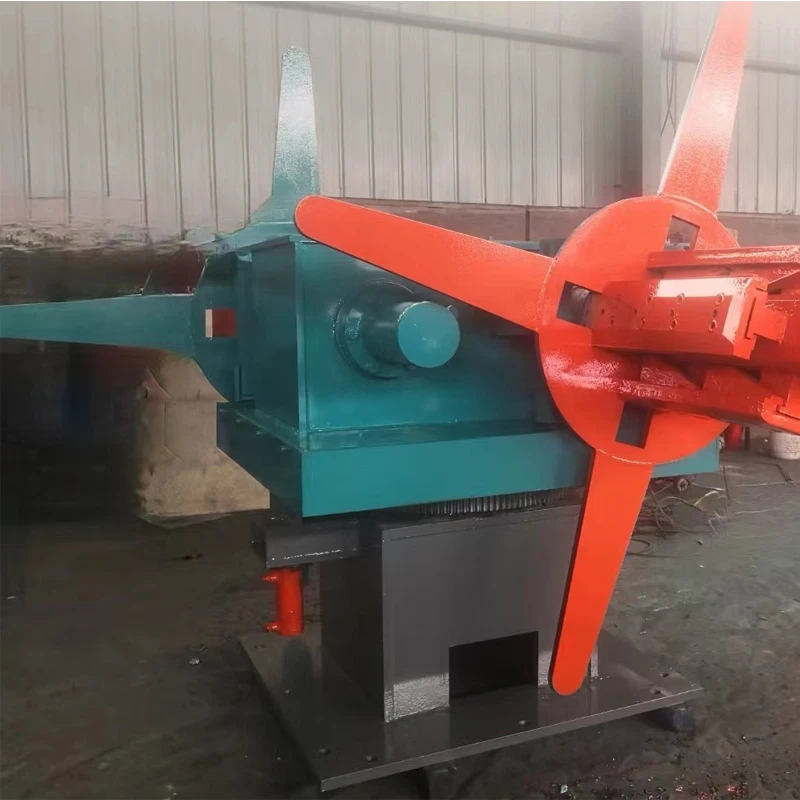Innovative Techniques in Rotary Shear Applications for Enhanced Material Processing Efficiency
Understanding Rotary Shear and Its Applications
Rotary shear is a fundamental process in various industrial applications, particularly in metalworking and manufacturing. This technique involves the use of rotary cutting tools to shear materials, transforming raw inputs into precise shapes and dimensions necessary for various products. The efficiency and precision of rotary shear make it an indispensable part of modern engineering and production.
At its core, rotary shear operates on the principle of applying a rotational force to a cutting edge, which then slices through the material. This method can be contrasted with traditional shear processes, which typically involve straight blades applying linear pressure. The rotary action allows for smoother cuts and less friction, resulting in cleaner edges and reduced wear on the tool, thus enhancing productivity and reducing operational costs.
One of the most common applications of rotary shear is in the processing of sheet metal. Industries that rely on massive sheets of metal, such as automotive and aerospace, use rotary shear to create parts with exact specifications. The ability to maintain tight tolerances and uniformity is especially important in these sectors, where even minuscule deviations can affect the performance and safety of the final products.
Moreover, rotary shear is not limited to metal alone; it also finds applications in other materials, including plastics, composites, and textiles. In the plastic manufacturing industry, rotary shear can help produce intricate shapes and designs that might be impossible to achieve with conventional methods. This versatility expands the potential applications of rotary shear beyond just metals, making it a vital tool in many manufacturing processes.
rotary shear

Efficiency is another critical advantage of rotary shear. Since rotary shearing can operate at high speeds, it significantly reduces cycle times compared to traditional shearing methods. This speed doesn’t compromise precision; on the contrary, advanced technology has developed rotary shears that can achieve incredible accuracy while working rapidly. As industries push for faster production rates to meet growing market demands, the rotary shear's ability to keep up with these demands while maintaining quality puts it at a competitive edge.
Moreover, innovations in rotary shear technology have improved automation and control. Modern machines are equipped with sophisticated computer numerical control (CNC) systems, allowing for automatic adjustments and real-time monitoring of the cutting process. Such advancements ensure that any changes in material properties or dimensions are immediately accounted for, minimizing waste and maximizing efficiency.
Research and development in rotary shear technology are ongoing, with efforts focused on improving cutting materials, enhancing software capabilities, and increasing energy efficiency. As industries strive to be more sustainable, the ability to minimize material waste during the shearing process has become a significant focus. Additionally, the development of more resilient cutting tools can extend the lifespan of shear devices, thus reducing maintenance costs and downtime.
In conclusion, rotary shear is a vital technology in the realm of manufacturing, offering speed, precision, and versatility across various materials. Its applications span multiple industries, continually evolving with technological advancements. As the demand for efficient production processes grows, the role of rotary shear will undoubtedly remain critical in achieving high-quality output while maintaining operational efficiency. Understanding this machining process not only highlights its importance in contemporary manufacturing but also sets the stage for future innovations that could redefine efficiency standards in the industry.
-
High Frequency Straight Seam Welded Pipe Production Line-BzZhou Xinghua Machinery Equipment Manufacturing Co., LTD.|line pipe steel&welded gas pipeNewsJul.30,2025
-
High Frequency Straight Seam Welded Pipe Production Line-BzZhou Xinghua Machinery Equipment Manufacturing Co., LTD.|High Precision&Automated SolutionsNewsJul.30,2025
-
High Frequency Straight Seam Welded Pipe Production Line - BzZhou Xinghua Machinery Equipment Manufacturing Co., Ltd.NewsJul.30,2025
-
High Frequency Straight Seam Welded Pipe Production Line-BzZhou Xinghua Machinery Equipment Manufacturing Co., LTD.|Precision Welding, High EfficiencyNewsJul.30,2025
-
High Frequency Straight Seam Welded Pipe Production Line|BzZhou Xinghua|Precision Welding&EfficiencyNewsJul.30,2025
-
High Frequency Straight Seam Welded Pipe Production Line - BzZhou Xinghua|Precision Engineering&EfficiencyNewsJul.30,2025


